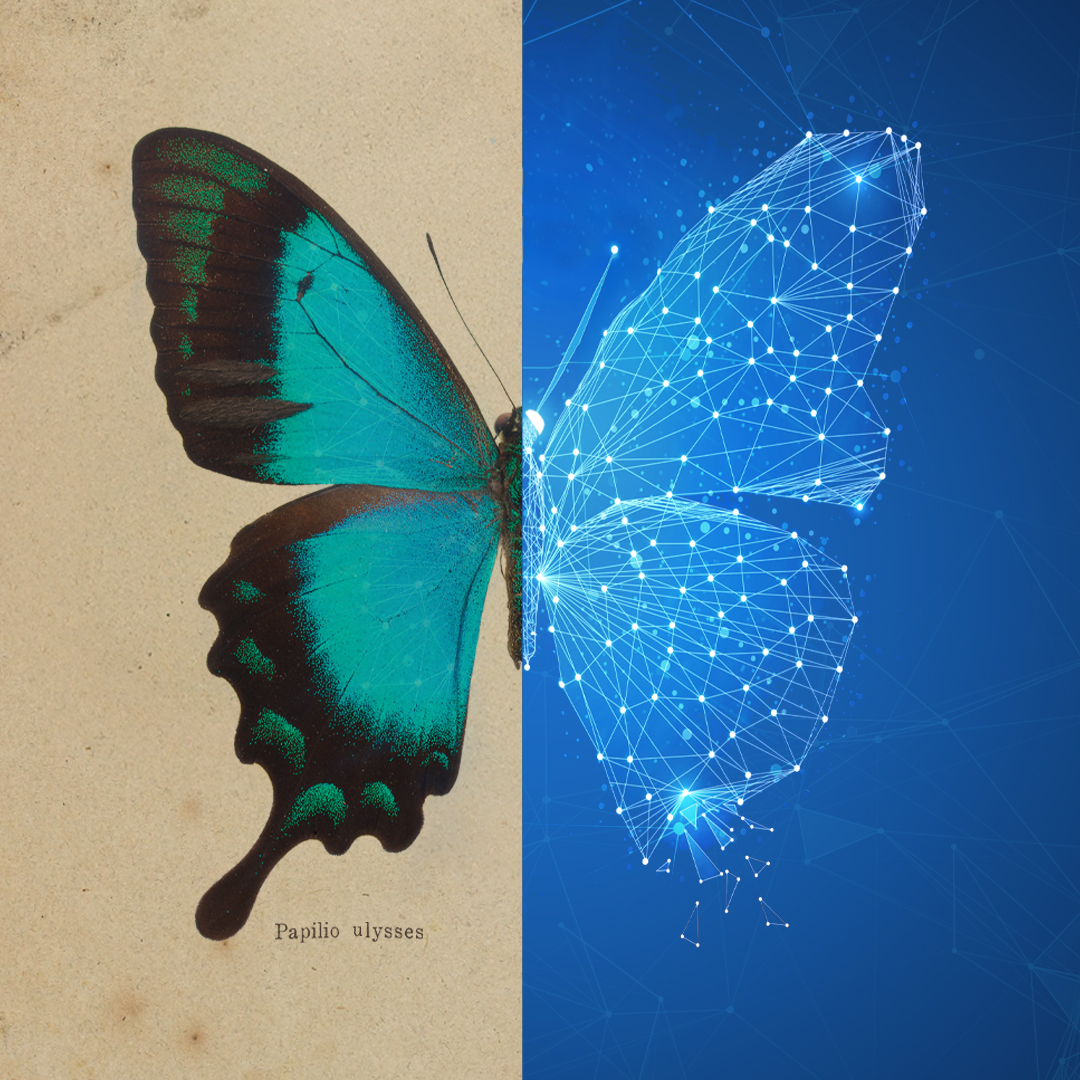Header Image

Mobile Header

Body
UC IRVINE LIBRARIES EXHIBIT
Imagery plays an essential role in documenting and analyzing our natural world. This exhibit showcases how scientists document biodiversity, using text, images, and artificial intelligence to identify and analyze species.
On display July 2025 through February 2026 in Science Library
On display July 2025 through February 2026 in Science Library


